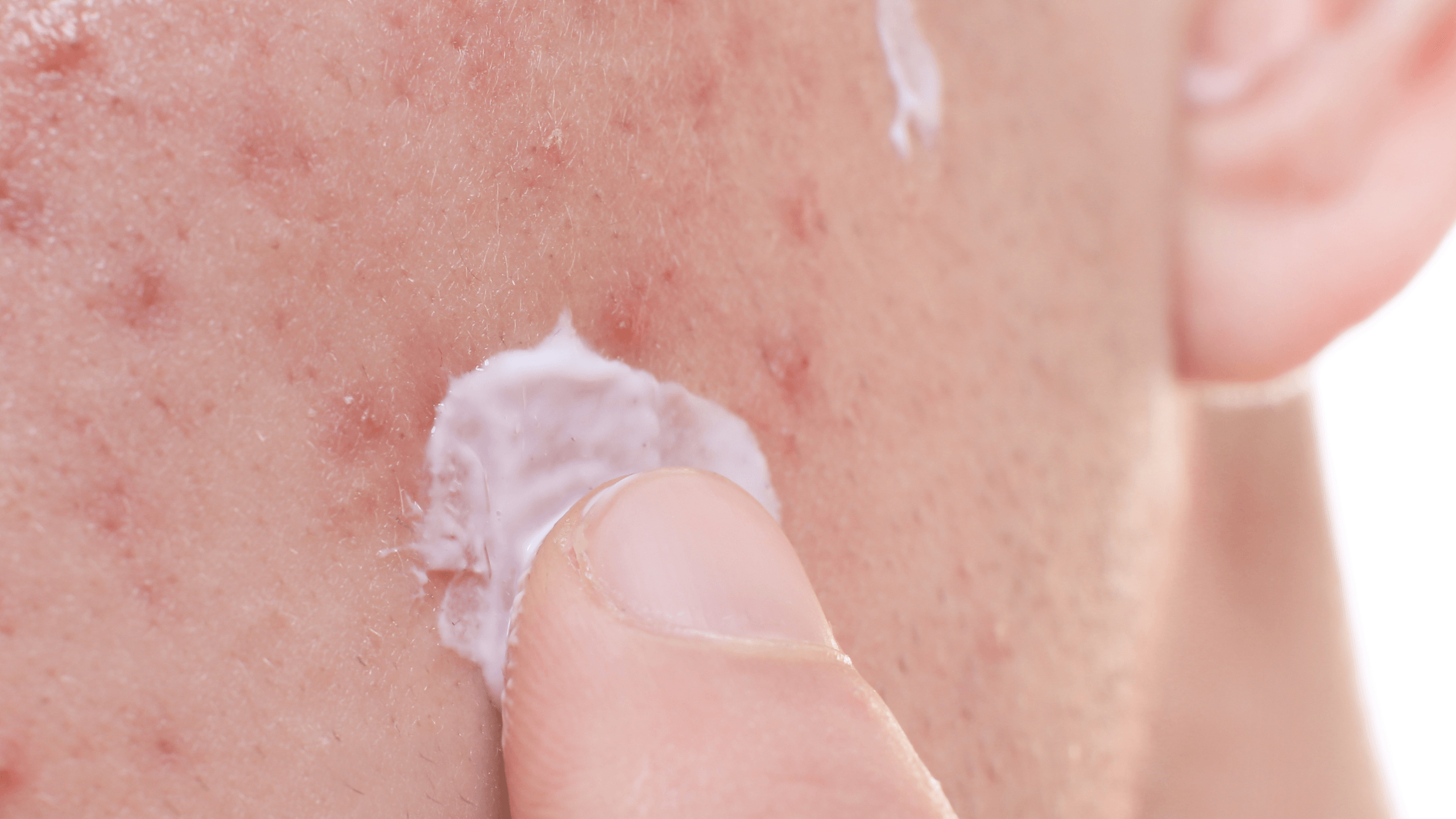Pimples, no matter how frequently you experience them, can be frustrating. Waking up to a new red bump on your skin can be discouraging. Some people familiar with this experience are dealing with chronic acne. Others are experiencing occasional breakouts.
Occasional breakouts and chronic acne aren’t the same. We’re breaking down the difference between chronic acne and occasional breakouts so you can better understand what’s happening with your skin and how to treat it.
What Is Acne?
Acne refers to chronic blemishes that appear on the skin, often the face but also on the back, chest, or shoulders, as a result of clogged pores and bacteria. Pores on the skin can become clogged as a result of excess oil on the skin or dead skin cells. Bacteria can feed on excess oil on the skin and contribute to increased inflammation and worsened acne symptoms.
Two common forms of acne are acne vulgaris and cystic acne. While the terms “acne,” “breakouts,” “pimples,” and “blemishes” are often used interchangeably they don’t all refer to the same type of bumps on the skin.
Does Everyone Who Experiences Breakouts Have Acne?
Not everyone who experiences breakouts has acne. Breakouts, also sometimes referred to as pimples or blemishes, are a symptom of acne. However, many people who do not have acne experience occasional blemishes.
What is Chronic Acne?
Chronic acne is an inflammatory skin condition that results in pimples and breakouts. Blemishes can disappear and reappear over long periods of time. Chances are, when you’re experiencing chronic acne, you have at least one blemish on your skin at any given time. Acne-prone skin can’t necessarily be cured, but it can be managed so you’re not experiencing frequent blemishes.
Most people with acne-prone skin have a genetic predisposition to it. When genetics are at play, acne management will likely always be a part of their skincare routine.
Chronic acne can also be caused by hormonal fluctuations that take place during different stages of your life. Changes in hormones are one of the key reasons the majority of teenagers often experience acne. It’s the same reason you may also experience acne in your 20s as your body prepares for peak childbearing years, or in your 40s and 50s during perimenopause as well as menopause.
Occasional Breakouts
While acne causes long-lasting and frequent blemishes, occasional breakouts result in pimples here and there. Likely, you have long periods of clear skin punctuated by occasional blemishes. These pimples are often caused by external factors such as bacteria on your phone or pillowcase, hard water, skincare products that clog your pores, or haircare products your skin doesn’t agree with.
How Do I Know Which I Have?
You can distinguish between breakouts and acne by evaluating how frequently you have a pimple or pimples on the skin. If you experience a few blemishes that come and go, you’re likely experiencing occasional breakouts. If you always seem to have some sort of blemish on the skin, you’re probably dealing with acne. If you aren’t sure, visit a board-certified dermatologist, who can offer a formal diagnosis and discuss treatment options.
How to Treat Chronic Acne?
Treating chronic acne can be broken down into two phases, clearing and maintenance.
The clearing phase of treatment focuses on controlling current breakouts. Possible options for this phase may include oral antibiotics, birth control pills, isotretinoin, spot treatment with retinoids, salicylic acid, or benzoyl peroxide, and taming inflammation with microbiome-friendly products.
It’s important to discuss the possible benefits and side effects of each option with your primary healthcare provider or a board-certified dermatologist.
Once the clearing phase is complete, it's time to transition to the maintenance phase, which focuses on keeping your skin clear. Preserving bacterial balance in your skin microbiome is a major factor in keeping your skin blemish-free.
How to Treat Occasional Breakouts?
A large part of treating periodic breakouts is actually about prevention. To help prevent blemishes from showing up on occasion, make sure you’re effectively cleansing the skin in the morning and night. Be careful not to use a harsh cleanser that strips the skin of its natural protective oil. Instead, opt for a gentle, hypoallergenic cleanser that nourishes the skin and maintains its microbiome and barrier.
In addition to cleansing the skin, wash and wipe down items that come into contact with your face. You’ll want to regularly wash makeup brushes and pillowcases and wipe down your cell phone screen.
Anything that comes into contact with your skin can influence your chances of experiencing a breakout. If you’re trying new skincare products, introduce one product at a time, pay attention to the ingredients, and notice how your skin reacts.
Knowing the Difference: Chronic Acne vs. the Occasional Breakout
Understanding the difference between chronic acne and occasional breakouts will help you better understand how best to support your skin health. Whether you’re experiencing the occasional blemish or full-blown chronic acne with continuous breakouts, pimples are frustrating. We’re here to help. Gladskin's products are formulated to work with, not against, your skin's natural barrier and and promote your skin's health.
